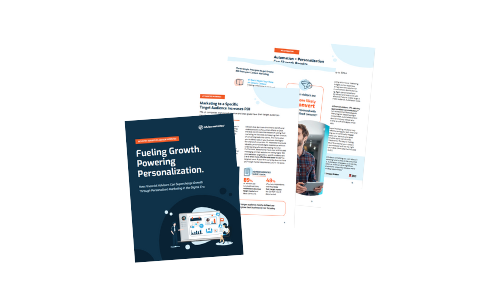 Have you ever wondered how your clients are using your website or wished you could peer into their minds to figure it all out? Knowing how users think can pave way towards enhancing your site’s user experience and, in turn, generate more traffic! Simply put, if your website is confusing and frustrating to use, users will want to avoid your site at all cost! Now that’s not good at all! Ideally, design and functionality should parallel with user’s expectations.
Have you ever wondered how your clients are using your website or wished you could peer into their minds to figure it all out? Knowing how users think can pave way towards enhancing your site’s user experience and, in turn, generate more traffic! Simply put, if your website is confusing and frustrating to use, users will want to avoid your site at all cost! Now that’s not good at all! Ideally, design and functionality should parallel with user’s expectations.
We know that mind reading is a far stretched capability that not many of us possess so, thankfully, there are some general guidelines we can follow as to how website users think. Here is a helpful list as well as some tips on what you can do to meet user’s expectations.
1.) Users appreciate quality and credibility
Think design but don’t forget content. If users see high quality content, they are usually willing to tolerate advertisements and a poor design. This is the reason why many mediocre designs with high quality content receive an abundance of traffic over the years.
Tip: Advisor Websites provides pre-written and pre-approved articles about retirement and financial planning that advisors can use on their blogs. Check out this tutorial on how to utilize the periodical content library.
2.) Users don’t read, they scan
One of the major purposes of a website is to provide an easy and user-friendly platform for your clients to find what they’re looking for...fast. Thus, when they analyze a web page, users look for fixed points or anchors that can guide them through the content on the rest of the page.
Here are some images to depict the way in which users scan a webpage.

Fixed points or anchors can consist of anything such as accompanying images for large amounts of text as well as bolded words or headings. As shown in the images above, users tend to stray away from text saturated portions (green areas) and instead, fix their eyes on anchors (red/yellow areas). Rarely is every word on the webpage read. Instead, pages are scanned quickly from left to right.
Tip: Make sure to include links and bolded/highlighted words as well as images in pages that are more "wordy". This gives readers more room to “breathe” between chunks of text. Hence, improving your site’s user experience.
3.) Users are impatient and insist on instant gratification
As mentioned earlier, if a website is confusing and frustrating to use, the less likely people will want to visit your site. Instead, a website that lessens the cognitive load needed by users to process the website and the more intuitive the navigation, the more likely users will stay on your site! Here's a key point to remember: don't make them think!
Tip: Keep your main navigation menu short and sweet by having no more than 5-7 tabs in it. Also, consider using effective call to action buttons that help users find what they want (e.g. Click here to receive an e-book on investment). For instance, these can be placed on the sidebar of your site. Click here to read on more ways to make your site user-friendly!
Understanding the way website users think is essential in the process of website design. Just like how companies conduct focus groups or allow customers to sample products for review and feedback, knowing what works and what doesn't always fosters improvement for whatever we are trying to provide (e.g healthy protein drinks, vacuums, or a user-friendly website).
To conclude this article, here's a summary of how users think:
- Users appreciate quality and credibility - aim to provide high quality content
- Users don’t read, they scan - users like fixed points or anchors to guide them through text-saturated content. Pictures, headings, bolded words are your friend!
- Users are impatient and insist on instant gratification - don't make them think!








